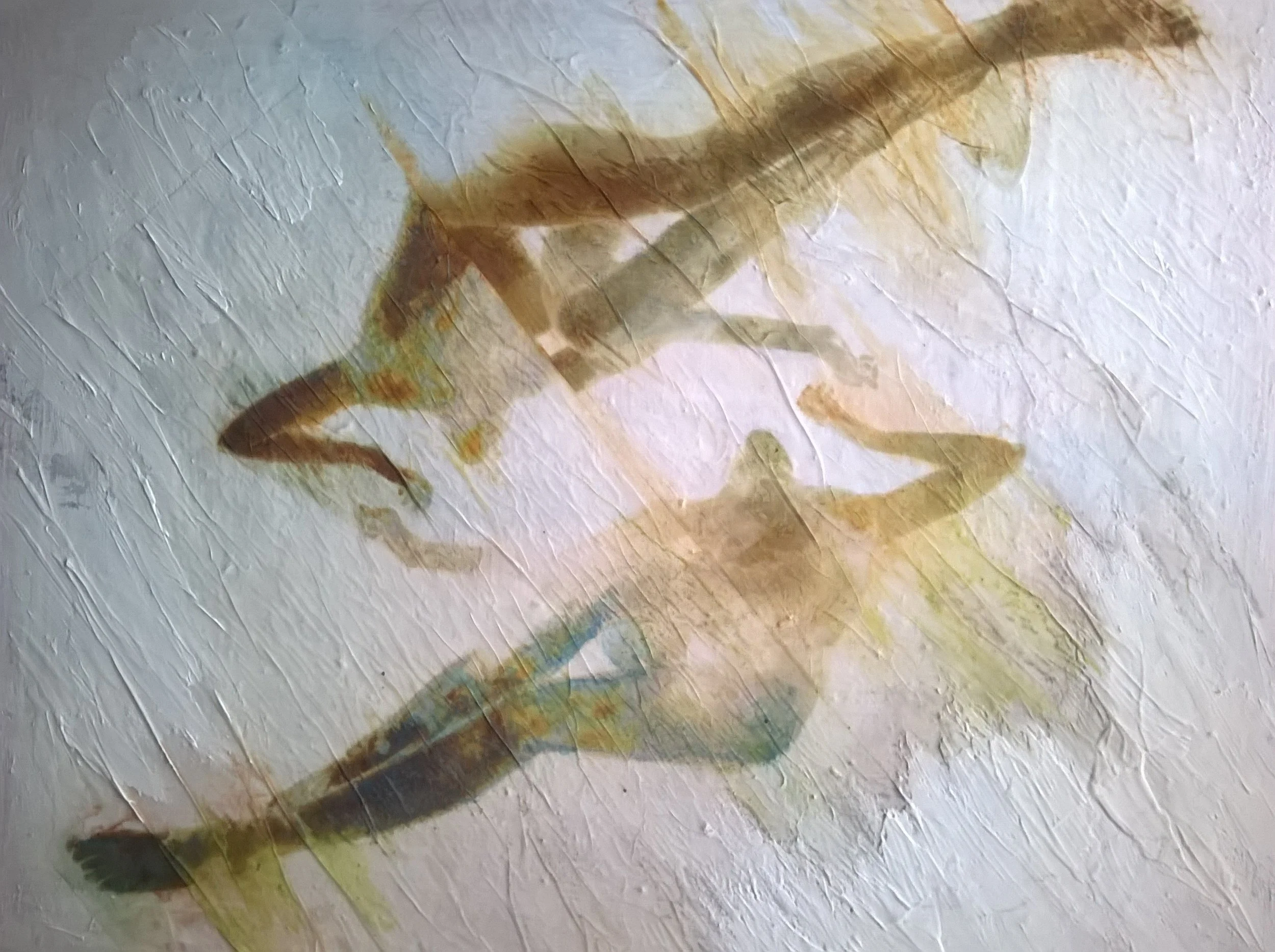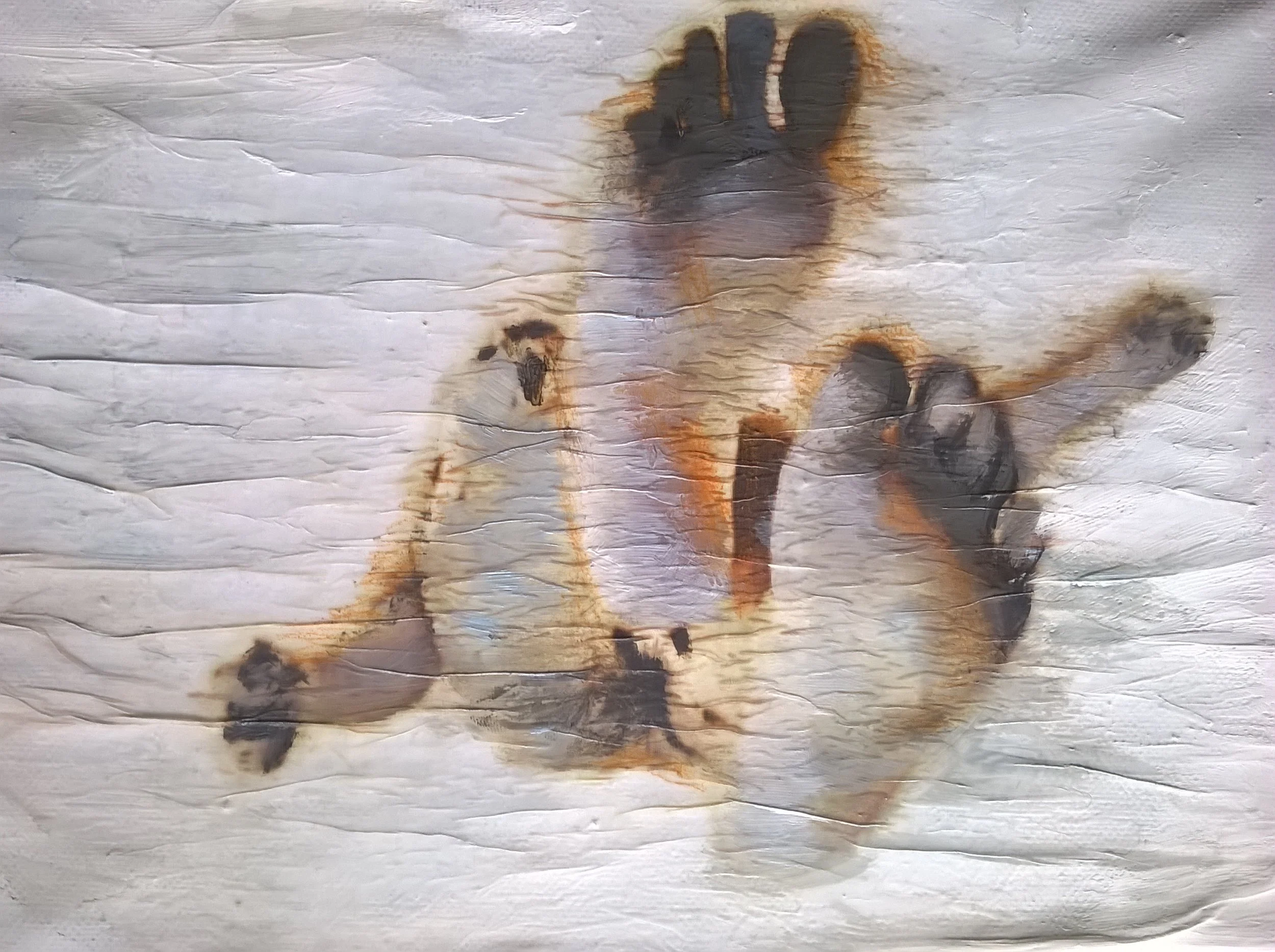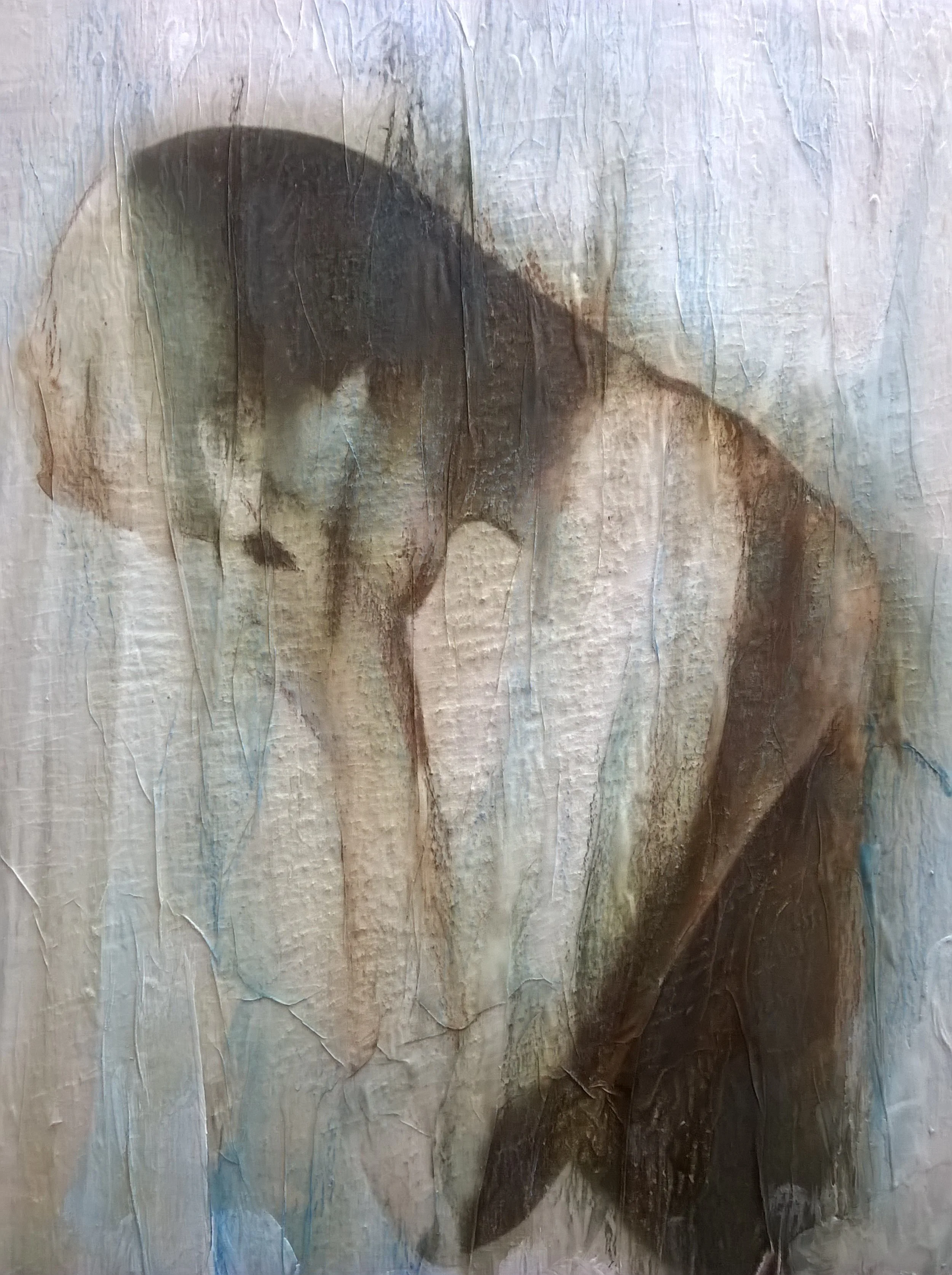Ectoplasm — The Materialization of Thought in Contemporary Art
Ectoplasm, in my artistic practice, transcends the conventional association with disembodied entities or paranormal manifestations. It emerges instead as a phenomenon rooted in the latent psychic ability that resides within each of us the same force that underlies all physical phenomena. If I were to offer a poetic definition, I would say that ectoplasm represents materialized thought in search of its author, a visual manifestation of the unconscious seeking form and recognition.
The etymology itself reveals profound artistic meaning: 'ektòs' signifies "outside," while 'plàsma' refers to a molded figure or object. Thus, ectoplasm becomes a molded entity that emerges from the medium, in this case, the artist as a conduit between the invisible and the visible, between concept and creation.
Ectoplasm forms the foundation of all materialization in my work through slow, progressive, and visible creation or sudden, abrupt manifestation of forms and figures. This process mirrors the way contemporary figurative art can capture both the deliberate and the spontaneous, the calculated and the intuitive.
My creatures are ectoplasms molded by a mind that excavates the chambers of memory and explores dreams yet to be lived. Through psychological portraiture, I give form to these ethereal beings that exist in the liminal space between consciousness and the unconscious, between reality and imagination.
Each visionary artwork becomes a portal through which these ectoplasmic forms emerge materialized thoughts that have found their author in the act of creation itself. They are not mere representations but manifestations of the psyche, visual embodiments of the internal landscape that shapes our understanding of identity and existence.
Ectoplasma — La Materializzazione del Pensiero nell’Arte Contemporanea
Nella mia pratica artistica, l’ectoplasma va ben oltre l’associazione convenzionale con entità disincarnate o fenomeni paranormal. Si manifesta, invece, come un fenomeno radicato in una forza psichica latente che vive in ognuno di noi, la stessa energia che è all’origine di ogni fenomeno materiale. Se dovessi offrirne una definizione poetica, direi che l’ectoplasma è pensiero materializzato in cerca del suo autore, una manifestazione visiva dell’inconscio alla ricerca di forma e riconoscimento.
L’etimologia stessa ci suggerisce un senso profondo dal punto di vista artistic: “ektòs” significa “fuori”, mentre “plàsma” indica una forma modellata, una figura. L’ectoplasma, quindi, è un’entità plasmata che emerge dal medium, dove l’artista è tramite tra l’invisibile e il visibile, tra il concetto e la creazione.
Nella mia ricerca, l’ectoplasma è la base di ogni processo di materializzazione: talvolta prende forma lentamente, in modo progressivo e tangibile; altre volte appare all’improvviso, come una manifestazione improvvisa e intuitivo. Questo rispecchia il modo in cui l’arte figurativa contemporanea può contenere sia il calcolo che l’istinto, sia la riflessione che l’emergenza emotiva.
Le creature che rappresento sono ectoplasmi modellati da una mente che scava nelle stanze della memoria e si avventura in sogni non ancora vissuti. Attraverso il ritratto psicologico, do forma a queste presenze eteree, che esistono nello spazio liminale tra coscienza e inconscio, tra il reale e l’immaginato.
Ogni opera visionaria diventa un portale attraverso cui queste forme ectoplasmatiche si manifestano: pensieri diventati materia, che hanno trovato il loro autore nell’atto stesso della creazione. Non si tratta di semplici rappresentazioni, ma di incarnazioni visive della psiche, di corpi simbolici che restituiscono l’immaginario interiore e ridefiniscono il nostro modo di percepire identità ed esistenza.









